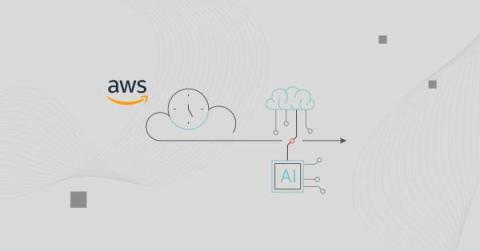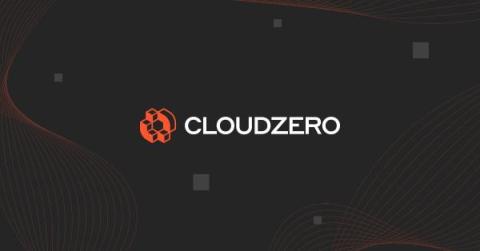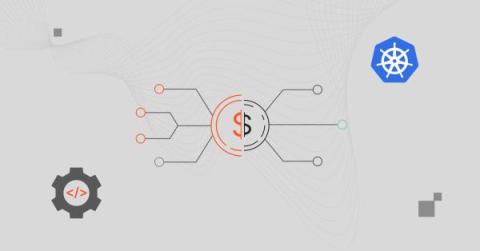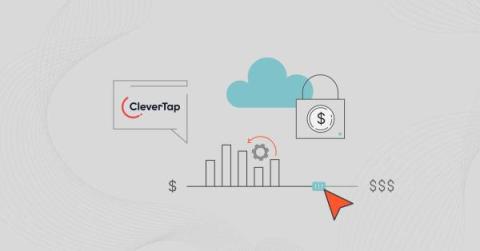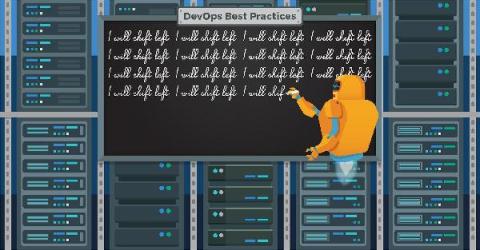Product Release Notes February 2024
Cloud cost management and FinOps best practices rely on getting as much meaningful data as possible into decision-makers’ hands. Without the ability to pull data from all your various cost sources, you cannot get 100% visibility into your cloud spend — let alone make decisions to optimize that spend.




